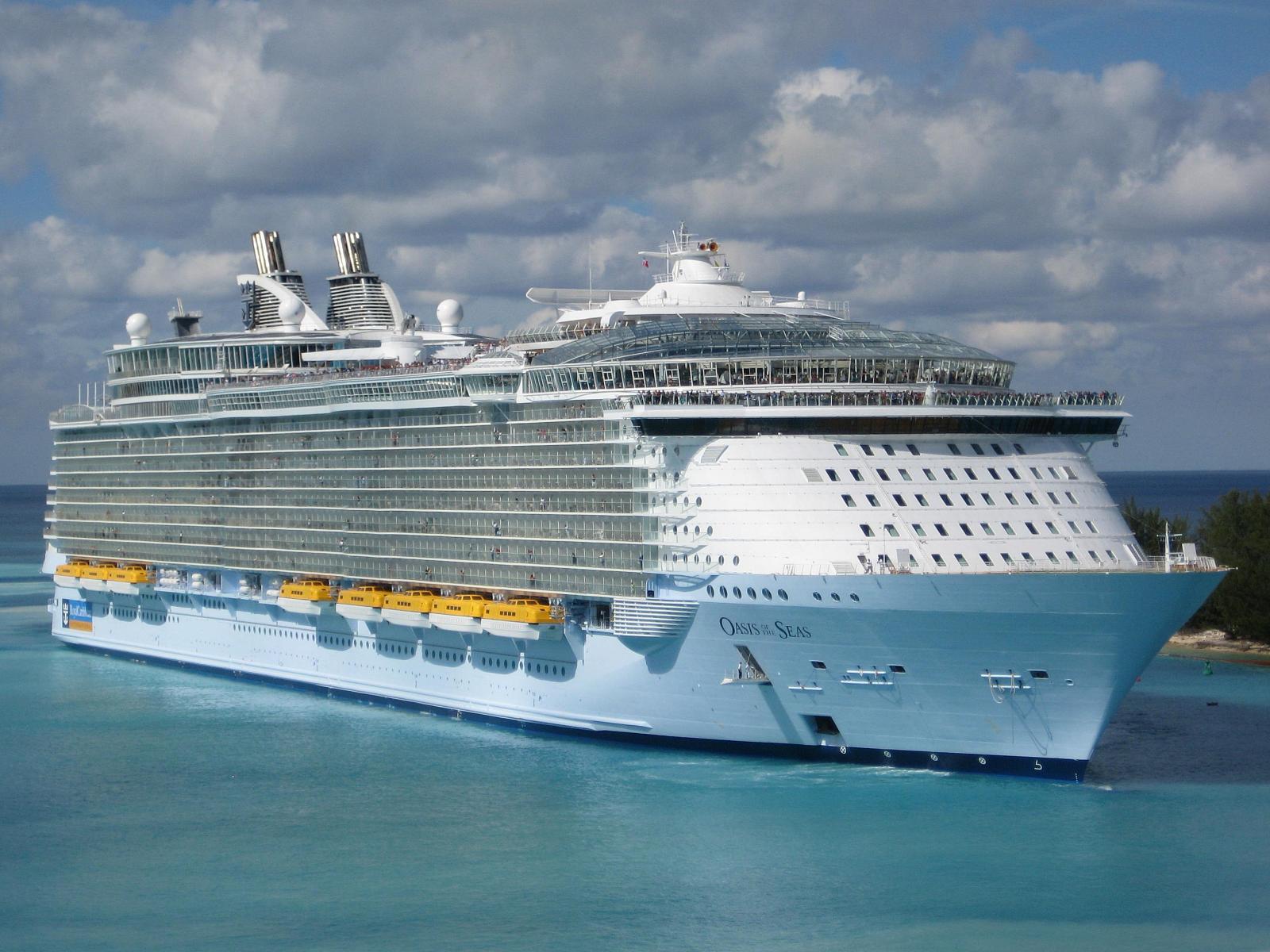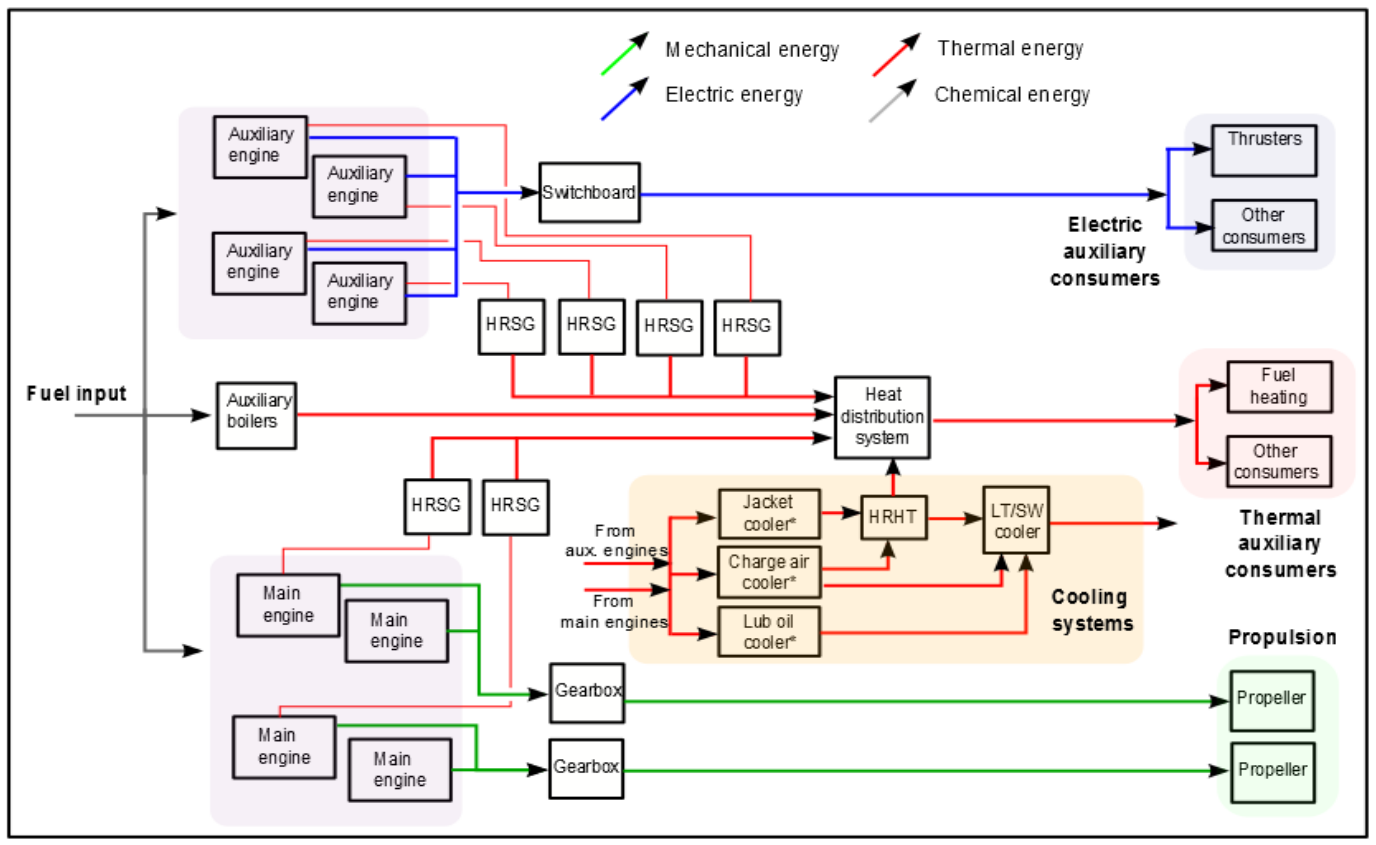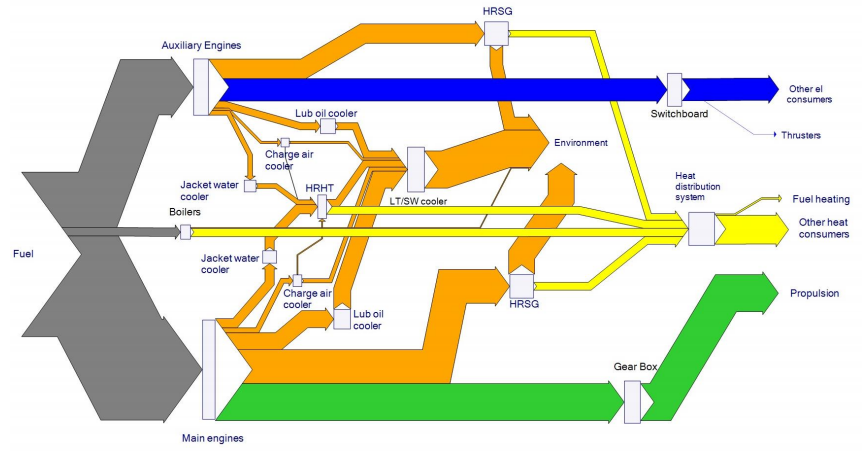Source: Marie Skłodowska-Curie actions – Individual Fellowship – European fellowship (MSCA-IF-EF) – H2020
Partners: École Polytechnique Fédérale de Lausanne (EPFL) , Aalto University
Start date: 2017-01-02
End date: 2019-01-02
Abstract:
In recent years, the shipping industry has been facing an increasing number of challenges. Fuel prices, today at relatively low levels, have been strongly fluctuating and have reached all-time high as late as in 2013. Environmental regulations, on the other hand, have become stricter and more demanding, especially in Emission Controlled Areas; the allowed rates of sulfur oxides emissions have been reduced, while further regulations on particulate matter and nitrogen oxides are expected to be implemented in the near future. In addition, concerns about global warming have increased expectations for reduction of carbon dioxide emissions from shipping, which have resulted in the introduction of compulsory measures such as the EEDI and the SEEMP and are also expected to further evolve in the near future.
In this situation, the cruise shipping sector has been flourishing as never before. Annual passengers have increased from around 4 million to 13 million from 1990 to 2008, and figures related to the latest years suggest that this trend has not halted. Although cruise ships contribution to total CO2 emissions from shipping is limited, it is expected to increase in the coming years following the growth of passenger volumes. This adds to the cruise shipping sector’s contribution to other pollutant emissions, which is of particular relevance as it often happens in very sensitive areas, such as inner cities or natural parks.

Cruise ships will therefore be required to reduce their environmental impact and their fuel consumption. Having a very diverse energy demand from many different consumers (heat for cabins, and pools, mechanical power for propulsion, electricity for lighting, on board entertainment and HVAC, and much more) the energy system of a cruise ship is particularly complex, especially in comparison with other ship types. This results in the fact that most of the research in shipping, which focuses on increasing the energy efficiency through the improvement of hull lines, propeller design, and propulsion train performance, does not provide sufficient insight and instruments in the challenges related to the improvement of the energy efficiency of cruise ships.

Previous studies have shown that the potential for improvement in the energy efficiency of ship energy systems is relatively high compared to the rest of the shipping sector. Many technologies seldom used in shipping, such as thermal and electric energy storage, system hybridization, and waste heat recovery, have already proven their potential in land-based sectors such as the building environment and the process industry and could therefore find application in the cruise ship sector.
The fact that traditionally research in ship design has focused on ship propulsion resulted in that the efficient design and operation of the complex integrated cruise ship energy systems is a challenge that has never been addressed in literature before. The choice of the different component and technologies to be installed, the synthesis of the process, and the components sizing are all phases required during the design phase and that should be optimized for minimum fuel consumption.

The challenges related to complex energy systems do not end in the design of the system layout and the sizing of its components. In real operational conditions, the increased complexity of a system generates additional challenges in its correct operations, which should ensure components reliability and maximum efficiency. System control is therefore an additional research field which should further be explored in the moment such complex systems are designed for being installed on a ship. As an illustrative example, such system should be able to assign how many engines are operated, at which load, what flow of steam should be used in the waste heat recovery systems, at what pressure, and how much of the generated steam should be directed to the users, to the turbines, or to the thermal energy storage.
With reference to hybrid vehicles, distributed polygeneration systems and other complex energy systems, many different control strategies have been proposed in literature, such as rule-based control, PID systems, model predictive control (MPC) systems, and many more. Each of them presents its own advantages and disadvantages. As often highlighted in literature, however, the optimisation of the design of the system and the choice of the optimal control strategy are not independent problems, and they should therefore be handled together.
The aim of this research project is therefore that of applying principles of process integration to the design of the energy systems of cruise ships while taking into account the issues related to system optimal control already from the design phase. This procedure will be applied to 2-3 case studies in order to showcase its applicability and its potential for savings.
Contact person: Francesco Baldi (francesco.baldi@epfl.ch)
Publication list:
Please note that the publication lists from Infoscience integrated into the EPFL website, lab or people pages are frozen following the launch of the new version of platform. The owners of these pages are invited to recreate their publication list from Infoscience. For any assistance, please consult the Infoscience help or contact support.
Integration of solid oxide fuel cells in cruise ship energy systems
2018-06-22. ECOS 2018 – 31st International Conference on Efficiency, Cost, Optimization, Simulation and Environmental Impact of Energy Systems, Guimaraes, Portugal, June 17-22, 2018.Energy and Exergy Analysis of a Cruise Ship
Energies. 2018-09-20. Vol. 11, num. 10, p. 2508. DOI : 10.3390/en11102508.